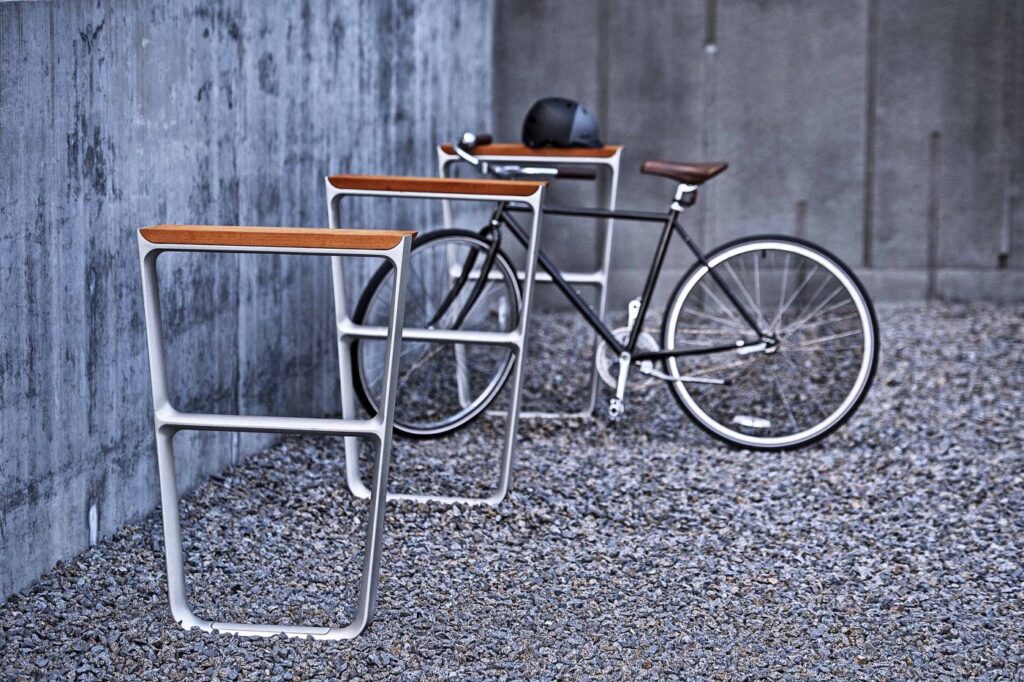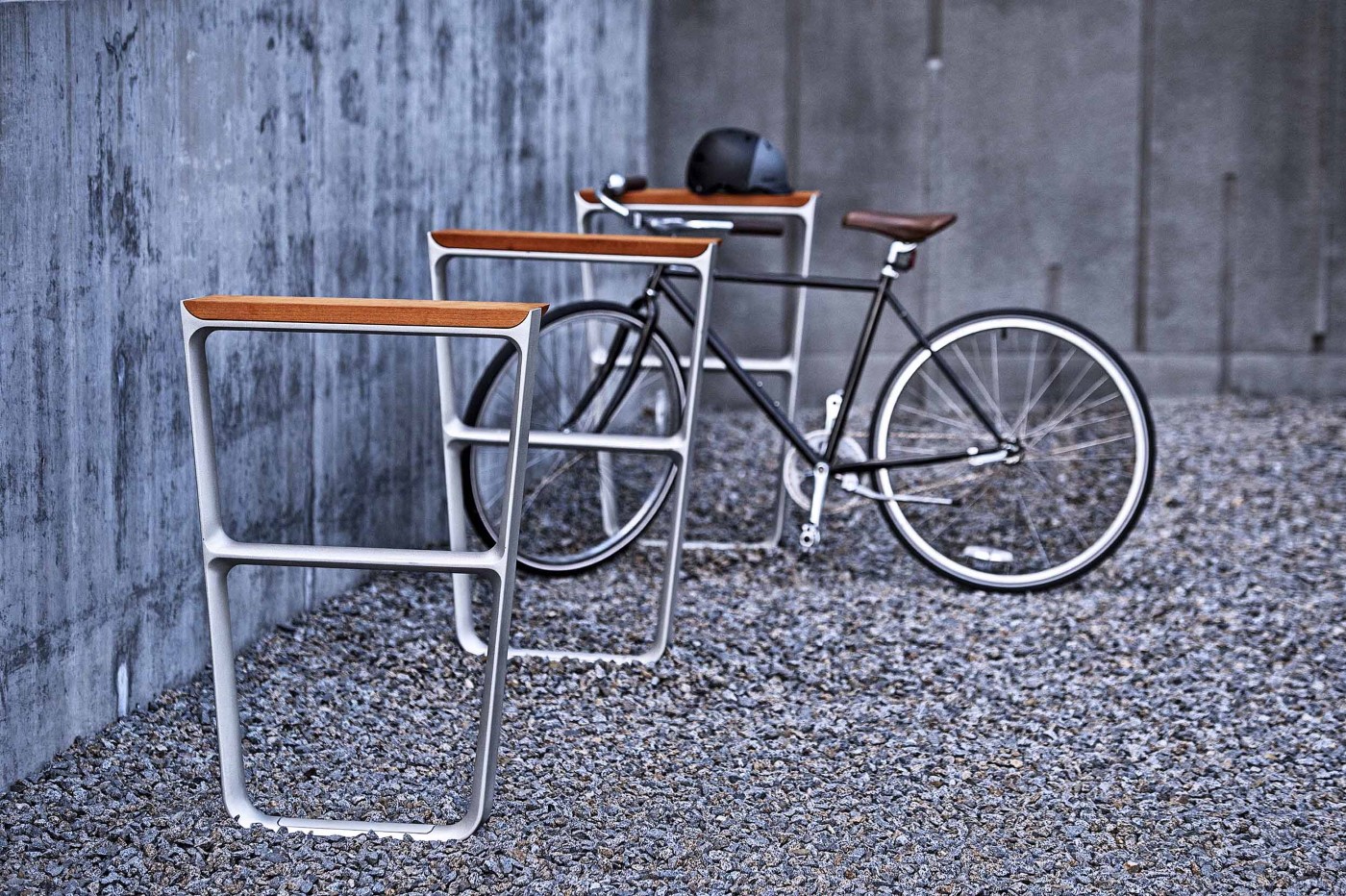
Elevating Public Spaces: The Role of Landscape Forms Bike Racks in Urban Design
In the ever-evolving landscape of urban planning and design, the integration of functional and aesthetically pleasing elements is paramount. Among these, landscape forms bike racks stand out as crucial components that contribute significantly to the usability and visual appeal of public spaces. These aren’t just places to park bicycles; they are thoughtfully designed fixtures that enhance the overall experience of parks, plazas, and city streets. This article explores the importance of landscape forms bike racks, their design considerations, and their impact on creating bike-friendly and visually engaging urban environments.
The Importance of Bike Racks in Urban Planning
As cities become increasingly aware of the need for sustainable transportation options, encouraging cycling has become a central focus. Bike racks play a pivotal role in this initiative by providing secure and convenient parking for cyclists. Without adequate bike racks, cyclists are often forced to lock their bikes to trees, benches, or other inappropriate structures, which can damage property and create unsightly clutter. Properly designed and strategically placed landscape forms bike racks address this issue by offering designated parking spaces that are both functional and visually appealing.
Moreover, the presence of well-designed bike racks can significantly influence people’s decision to cycle. When cyclists know that they will have a safe and convenient place to park their bikes, they are more likely to choose cycling as their mode of transportation. This, in turn, can lead to a reduction in traffic congestion, improved air quality, and a healthier, more active population.
Design Considerations for Landscape Forms Bike Racks
The design of landscape forms bike racks goes beyond mere functionality. These fixtures should be aesthetically pleasing and complement the surrounding environment. Landscape Forms, a leading manufacturer of outdoor furniture and site amenities, understands this principle and offers a wide range of bike racks that are both durable and visually appealing. Here are some key design considerations:
Material Selection
The materials used in landscape forms bike racks should be durable, weather-resistant, and aesthetically appropriate for the setting. Common materials include steel, stainless steel, and aluminum. Steel is a popular choice due to its strength and affordability, but it requires a protective coating to prevent rust. Stainless steel is more expensive but offers excellent corrosion resistance and a sleek, modern look. Aluminum is lightweight and corrosion-resistant, making it a good option for coastal environments.
Style and Aesthetics
Bike racks should be designed to complement the architectural style and overall aesthetic of the surrounding area. Landscape Forms offers a variety of styles, from simple and minimalist designs to more elaborate and decorative options. The choice of style should be based on the specific needs and preferences of the community.
Placement and Accessibility
The placement of bike racks is crucial for their usability and effectiveness. They should be located in highly visible and easily accessible areas, close to building entrances and other points of interest. It’s also important to consider the spacing between bike racks to ensure that cyclists have enough room to maneuver their bikes and lock them securely. Accessibility for people with disabilities should also be a priority, with some bike racks designed to accommodate adaptive bicycles.
Security Features
Security is a major concern for cyclists, so bike racks should be designed to deter theft. This can be achieved through the use of sturdy materials, tamper-resistant hardware, and designs that allow cyclists to lock both the frame and wheels of their bikes. Some landscape forms bike racks also incorporate features such as integrated cable locks or security cameras to further enhance theft prevention.
The Impact of Landscape Forms Bike Racks on Urban Environments
The integration of well-designed landscape forms bike racks can have a profound impact on the quality of urban environments. By providing convenient and secure bike parking, these fixtures encourage cycling and promote sustainable transportation. They also contribute to the overall aesthetic appeal of public spaces, creating a more welcoming and enjoyable environment for residents and visitors alike.
Promoting Sustainable Transportation
As mentioned earlier, bike racks play a crucial role in promoting cycling as a viable transportation option. By providing designated parking spaces, they make it easier and more convenient for people to choose cycling over driving. This can lead to a reduction in traffic congestion, improved air quality, and a decrease in greenhouse gas emissions. Furthermore, increased cycling can improve public health by encouraging physical activity and reducing sedentary lifestyles. [See also: Benefits of Urban Cycling Infrastructure]
Enhancing Aesthetic Appeal
Landscape forms bike racks are not just functional; they can also be beautiful. By choosing bike racks that complement the surrounding environment, urban planners and designers can enhance the aesthetic appeal of public spaces. This can create a more welcoming and enjoyable environment for residents and visitors alike. In some cases, bike racks can even become works of art, adding a unique and distinctive element to the urban landscape.
Creating Bike-Friendly Communities
The presence of well-designed landscape forms bike racks is a sign that a community values cycling and is committed to creating a bike-friendly environment. This can attract cyclists and other active individuals to the area, boosting local businesses and enhancing the overall quality of life. Furthermore, bike-friendly communities are often more walkable and pedestrian-friendly, which can further improve the livability of the area.
Examples of Innovative Landscape Forms Bike Rack Designs
Landscape Forms offers a wide range of bike rack designs that are both functional and aesthetically pleasing. Here are a few examples of innovative designs:
- The Simple Stand: A minimalist design that provides secure bike parking without overwhelming the surrounding environment.
- The Wave Rack: A sculptural design that adds a touch of elegance to any public space.
- The Hoop Rack: A classic design that is both functional and durable.
- Custom Designs: Landscape Forms also offers custom design services, allowing clients to create bike racks that are tailored to their specific needs and preferences.
Conclusion
Landscape forms bike racks are an essential element of modern urban planning and design. They provide secure and convenient bike parking, promote sustainable transportation, enhance aesthetic appeal, and contribute to the creation of bike-friendly communities. By carefully considering the design, placement, and security features of bike racks, urban planners and designers can create public spaces that are both functional and visually engaging. Investing in high-quality landscape forms bike racks is an investment in the future of our cities, creating a more sustainable, healthy, and enjoyable environment for all. The integration of these fixtures is crucial for fostering a culture of cycling and creating vibrant, livable urban spaces. As cities continue to prioritize sustainable transportation options, the role of landscape forms bike racks will only become more important. By embracing innovative designs and prioritizing functionality and aesthetics, we can create urban environments that are both bike-friendly and visually stunning. The impact of thoughtfully designed bike racks extends far beyond mere parking; they contribute to the overall character and quality of life in our cities. [See also: The Future of Urban Mobility]

